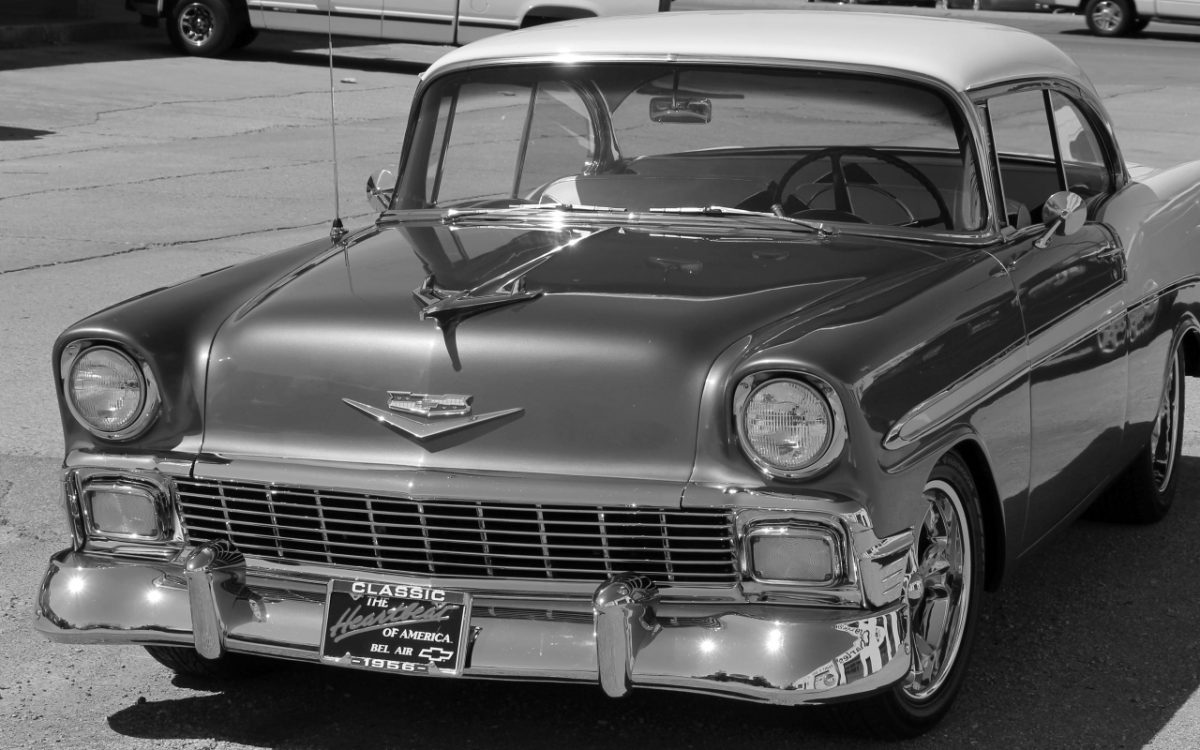
Photo: Pxfuel via CC
Submitted for your approval: a series of killer car-themed movie reviews designed to both entertain and inform. As we will soon see, the seemingly simple notion of a “killer car” can take many forms: some sinister, some more benevolent. Such is the case for our next query, a 25-minute episode of one of television’s greatest series. The story’s title is You Drive, and you’ve just crossed over into… The Twilight Zone.
The Benefits of Buying Used: Scare up a good deal
The story of “You Drive”
Admittedly, this particular “killer car movie” is bending the rules in several ways. Firstly, You Drive isn’t a movie, but a television episode. Secondly, the vehicle in the movie is only a “killer car” on a technicality. The motivation behind this particular vehicle is a bit more complex and purposeful than those previously discussed in this series. And that is what makes it more than worthy of discussion.
You Drive aired on ABC during The Twilight Zone’s fifth season in 1964. By this point, the show’s creative mastermind Rod Serling was a well-recognized and revered storyteller, and The Twilight Zone itself had been scaring and enlightening audiences since 1959. Thanks to its unique blend of high concepts, brilliant writing, and anthology format, the series struck a chord with viewers. Today, it’s recognized as one of the finest TV shows ever produced.
The story of You Drive starts out with a tragic bang: a careless office worker runs over a 12-year-old paper boy while driving home. Instead of helping the injured child, the selfish man flees the scene. But while this freshly minted murderer might not have a conscience, his car certainly does. It doesn’t take long for the car to begin acting strangely, slowly pushing it’s driver to confess to his heinous crime.
Why it’s scary
If there’s one thing The Twilight Zone excels at, it’s using great writing and effective directing to make its audience scared of otherwise non-scary things. Our lead character’s car is a perfectly innocuous 1950s vehicle, with no outlandish design elements or unique physical traits that might make it frightening. But with some clever lighting, editing, and cinematography, even this normal-looking car can be made to appear imposing.
The real genius of this episode is the fact that the car, for all its threatening actions toward its driver, is really the hero of the story. As the episode progresses, the car begins honking its horn during the middle of the night, flipping on its lights and radio, and even driving itself. In the episode’s final act, the car tears out of its garage and pursues the killer in the rain, relentlessly chasing him until he trips and falls. But instead of exacting revenge by running him over, the car instead stops and opens its door. The murderer climbs in, and the car drives him to the police station.
This might seem like a simple conclusion, but the truth is a bit more complex. The Twilight Zone featured numerous episodes in which inanimate objects haunt characters as a kind of physical manifestation of guilt or a vice they possess. This episode is no different, presenting the car as a manifestation of its driver’s conscience. The climax is the inevitable end point of the character’s story; the car merely represented and magnified the guilt he had been attempting to suppress.
A Dimension of Sight, Sound, and Great Value: Buy CPO
As a final word, I feel it appropriate to leave you with Rod Serling’s closing narration for the episode: “All persons attempting to conceal criminal acts involving their cars are hereby warned. Check first to see that underneath that chrome there does not lie a conscience, especially if you’re driving along a rain-soaked highway… in the Twilight Zone.”
The News Wheel is a digital auto magazine providing readers with a fresh perspective on the latest car news. We’re located in the heart of America (Dayton, Ohio) and our goal is to deliver an entertaining and informative perspective on what’s trending in the automotive world. See more articles from The News Wheel.